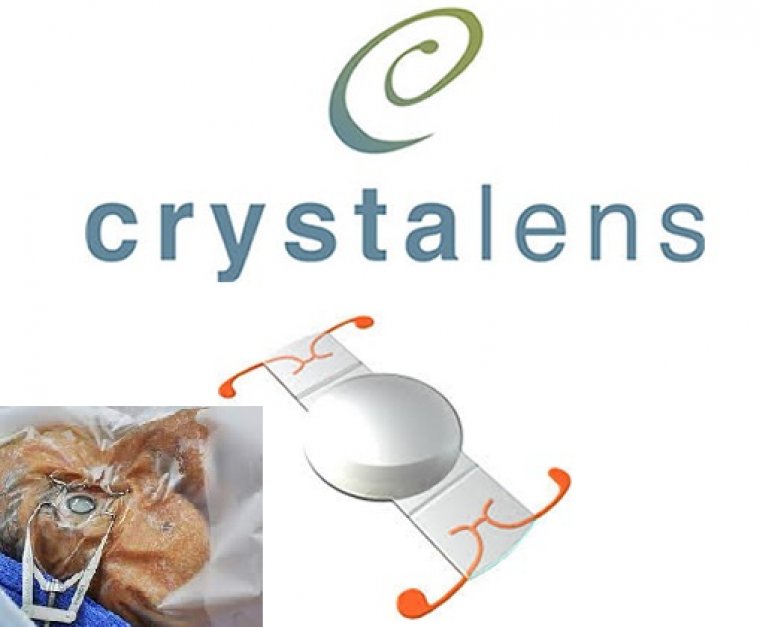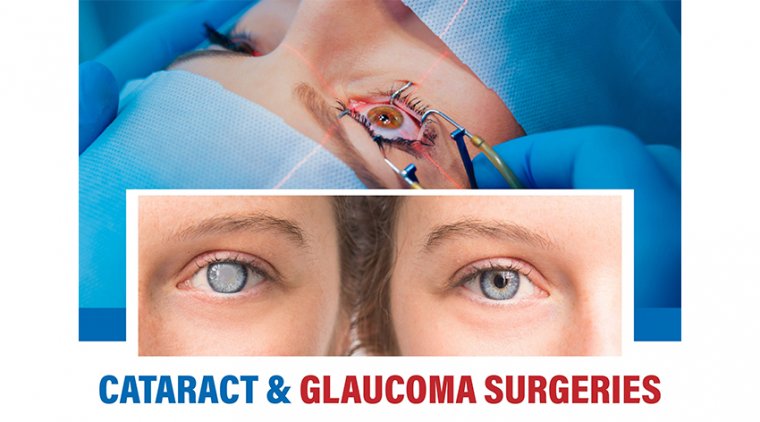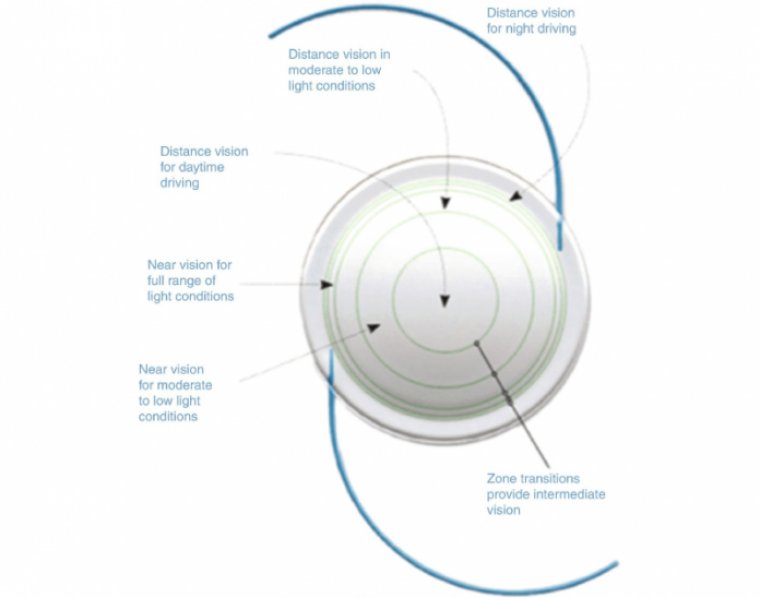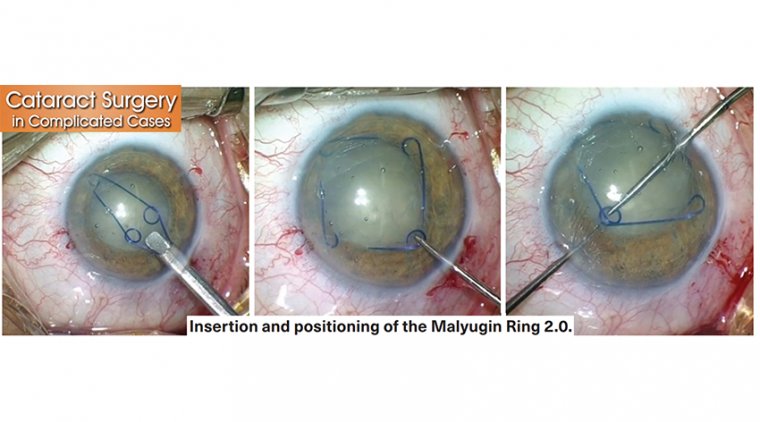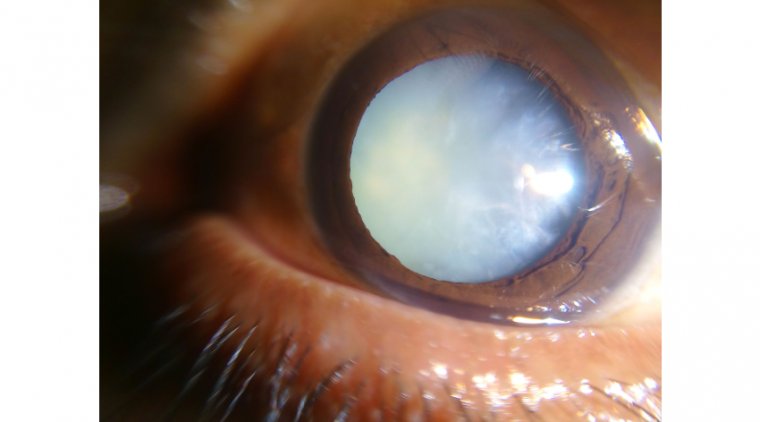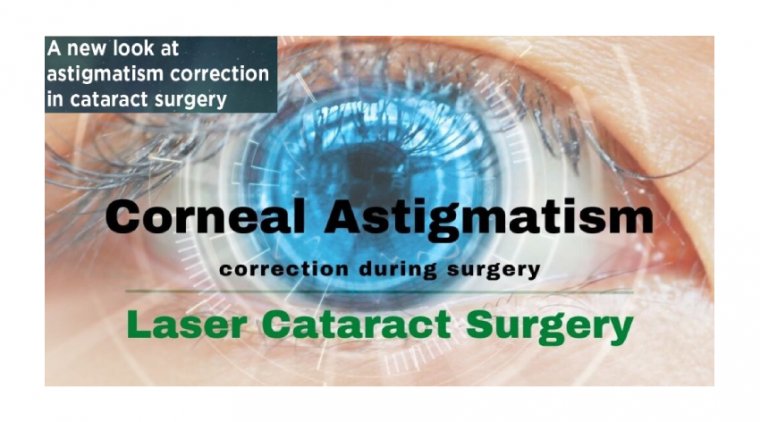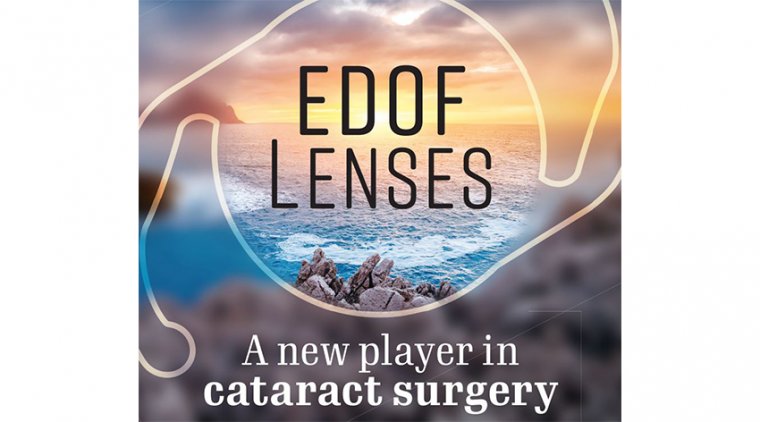
In Light of Understanding A New Player in Cataract Surgery - Extended Depth-of-Field Lenses
Extended depth-of-focus (EDOF) is a new intraocular lens (IOL) technology in the treatment of presbyopia. In contrast to multifocal (MF) IOLs, EDOF lenses create a single elongated focal point, rather than several foci, to enhance depth of focus.
In this way, EDOF IOLs aim to reduce photic phenomena, glare, and halos, which have been reported in MF IOLs. A potential disadvantage is a decrease of retinal image quality if the amount of the aberrations is excessively increased.
Frequently, EDOF IOLs are combined with MF optical designs; for this reason, EDOF IOLs are commonly a subject of confusion with optical multifocality concepts.
The aim of this article is to clarify what an EDOF IOL is and to discuss the recently reported outcomes with these IOLs. We propose naming lenses that have combined optical designs as “hybrid IOLs.”
A paradigm shift in cataract surgery has emerged over the past two decades. Historically, such procedures had a therapeutic objective such as the restoration of vision.
The concept has gradually developed that this surgery should not only achieve an adequate visual result but also improve this result, making the patient spectacle independent for all distances. There is evidence that independence from glasses improves quality of life.
Indeed, surgery of the lens off ers an “à la carte” opportunity to solve refractive problems of the eye. This shift has gradually transformed cataract surgery from a vision-restorative procedure to a refractive procedure, benefiting quality of life and patient satisfaction.
The convergence between lens surgery and modern refractive surgery was highlighted in a recent review article. In the search for this privilege off ered by lens surgery—independence from glasses at all distances—important technological developments in IOLs have emerged.
Multifocal lenses of diff erent types were the first to arrive, all of which perform well. However, certain complications, such as dysphotopsia and loss of visual quality, can sometimes cause the procedures with these lenses to fail.
EDOF lenses Recently, seeking to eliminate the problems derived from the multifocal decomposition of light, extended depth-of-fi eld (EDOF) lenses have been developed.
These seek to occupy the intermediate space between the monofocal lens, with which dysphotopsia is practically absent but there is no independence from glasses, and the multifocal lens with which independence from glasses can have a symptomatic cost for the patient.
It must be recognised, however, that EDOF lenses have emerged within a very confusing commercial environment, which has led to significant disorientation of surgeons and misleading claims by some companies which have marketed lenses that are actually multifocal and therefore affected by the known problems of these.
Exaggeration of the potential results available with these lenses has led to clinical errors in their selection.
We define EDOF lenses as being those that, by means of a diverse optical mechanism improve intermediate vision and, to a certain extent, near vision, showing minimal photic affectations of the type that are typical of multifocal lenses.
The specific mechanism at play is the manipulation of spherical aberration or other radial orders, creating special profi les of the anterior surface of the lens. This optical manipulation leads to an increase in depth of focus.
To this optical geometry the addition of low near vision powers makes some lenses have partial mutifocality.
Within this broad concept, it must be recognised that true EDOF lenses are only those based on the change in the patient’s aberrometric profile; others are simply low-power multifocal lenses that, because of their low addition, are not likely to cause discomfort and dysphotopsia to the patient.
The final practical definition would be given by the clinical defocus curve, in which the classic focal peaks would not be observed, but rather an extension of the focal plane from the far to the closest distances.
In practice, this effect on the defocus curve can be achieved in a number of ways. Based on this criterion, we can classify EDOF lenses into five types, which allows them to be typified and thus allows the surgeon who chooses them to understand the characteristics of each lens.
Type 1 - These lenses are based on spherical aberration manipulation: in this group are those lenses which provide a sometimes-exaggerated manipulation of the spherical aberrations, in either a positive or a negative direction, which increases the depth of focus proportional to the magnitude of the induced aberrations.
The magnitude of this manipulation progressively degrades retinal image quality. Some of these lenses have turned out to be true clinical failures despite the commercial hype that accompanied them.
Type 2 - These lenses are based on the principle of the pinhole, a principle well known to all ophthalmologists, which reduces the entry of light to those rays that are parallel to the visual axis.
Consequently, this and their small diameter (1.3–1.6 mm) eliminates the impact of refractive error and minimises aberrations of the optical system.
These lenses, although they fulfil their function, cause a loss of peripheral visual field that only manifests itself to the extent of 60°.
The commercial companies have attributed to these lenses a null effect on the visual field; this is not to be trusted because the studies carried out are limited to measurements of the visual field at 30°.
Type 3 - These are really multifocal lenses endowed with a low addition of near, which allows them to obtain a defocus curve similar to other EDOF lenses.
They can be refractive and diffractive. They are not true EDOF lenses but can be included in this group only because of their similar depth-of-focus profile.
Type 4 - Type 4 are hybrid lenses in which limited near vision power addition is associated with modest manipulation of the negative spherical aberration of the lens.
They are similar to the previous lenses although they tend to slightly increase the effect of the near addition through the aberrometric effect.
As with the previous lenses, they are usually insufficient in general for near vision. They cause halos and glare, although less than the regular multifocal IOL.
Type 5 - These are lenses in which a variation in the geometry of their central optical area causes either a change in the power of the lens from the centre to the periphery, which increases the central power of the lens.
Their optical principles have not yet been well explained by the creators of these lenses. They lack dysphotopsia and produce good intermediate and, for some of them, acceptable near vision.
The classification described above should help improve the clinician’s understanding of the EDOF space when they are offered a new EDOF lens.
Knowledge of these lenses and their proper use by the anterior segment surgeon undoubtedly offers an opportunity to the patient undergoing surgery for cataracts or refractive lensectomy.
Their results in obtaining quality near vision are generally inferior to multifocal lenses, but they require less neuroadaptation and are a conservative but convenient alternative for many patients.




